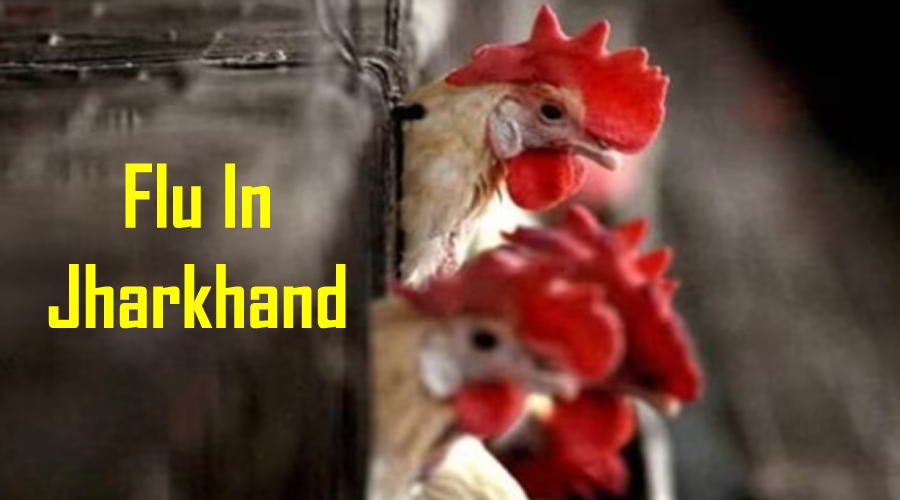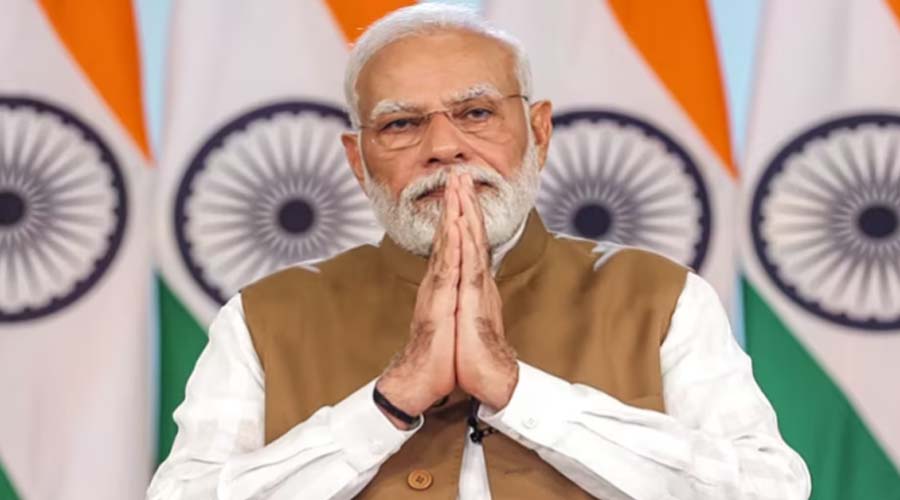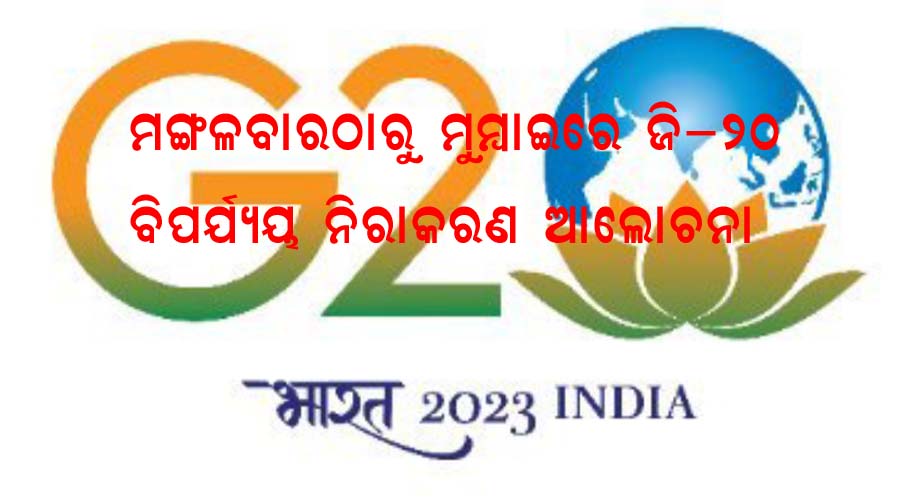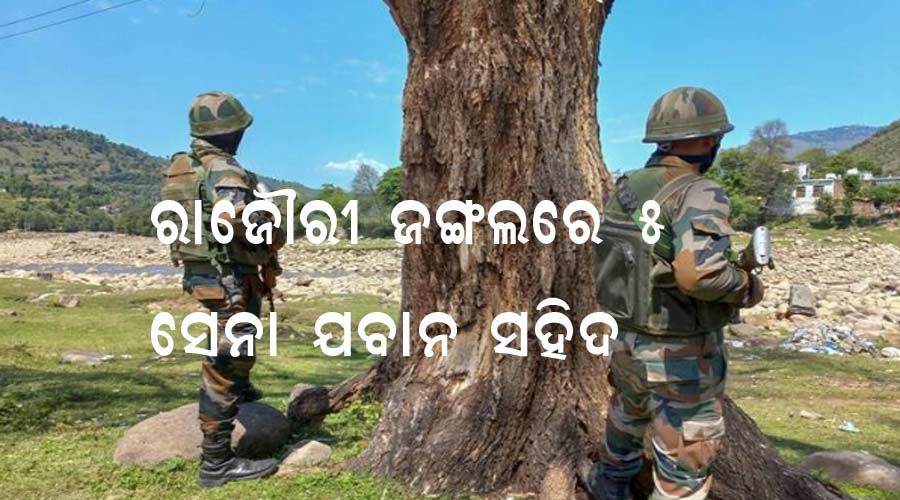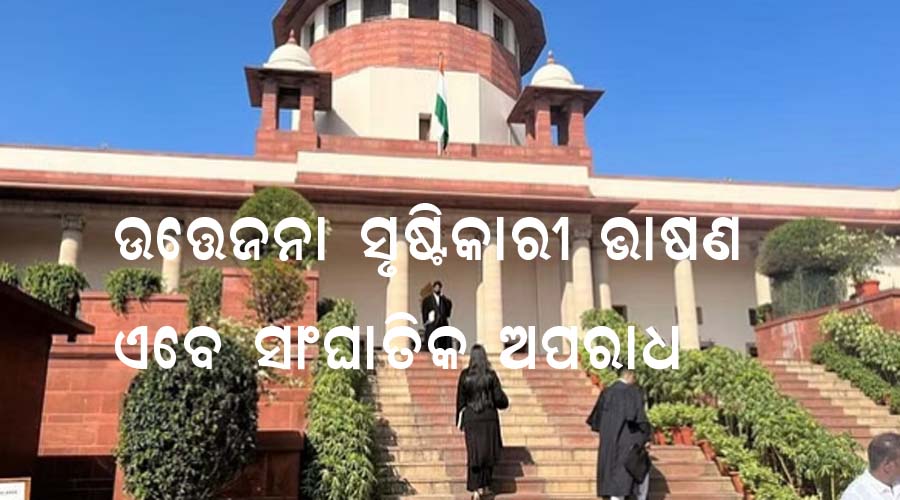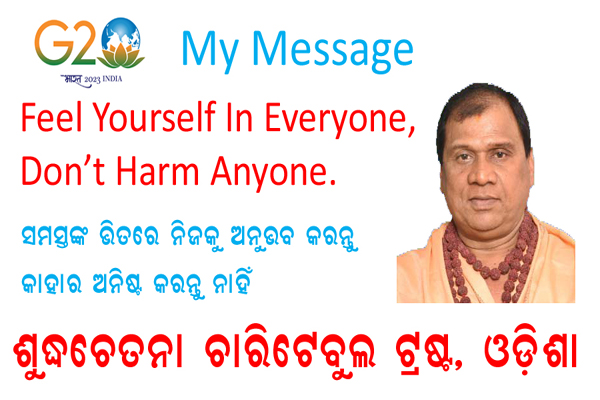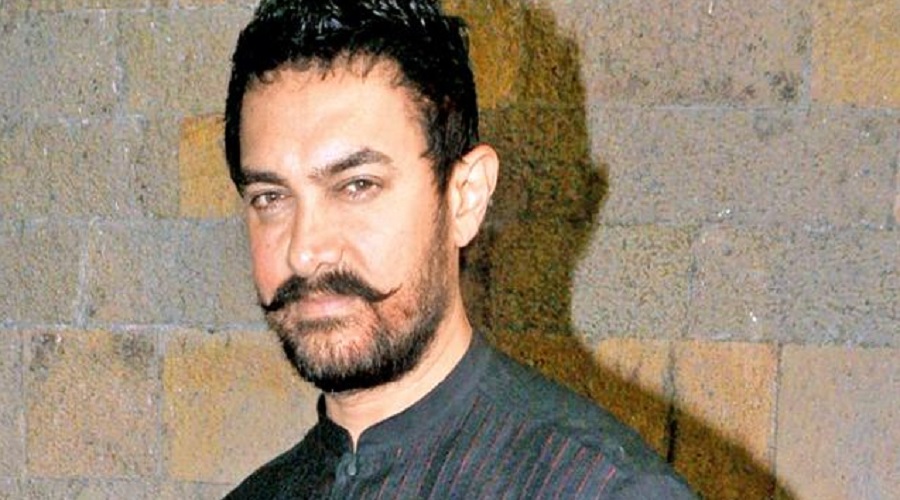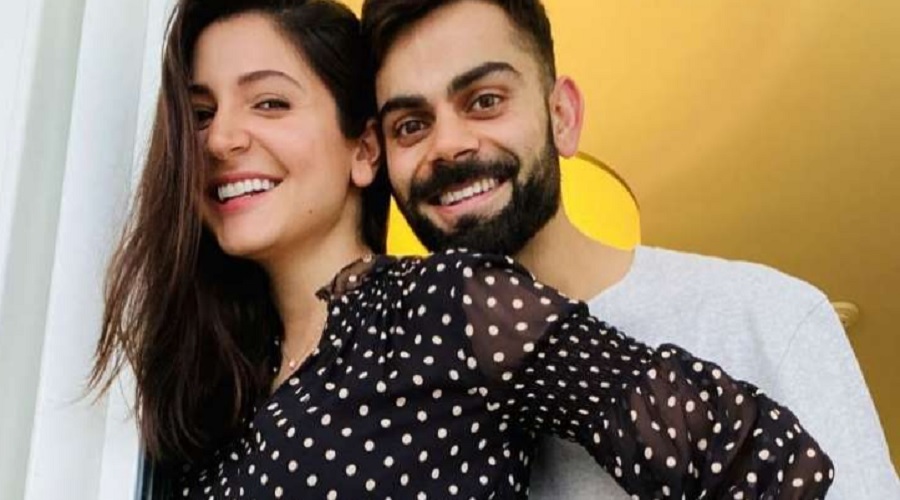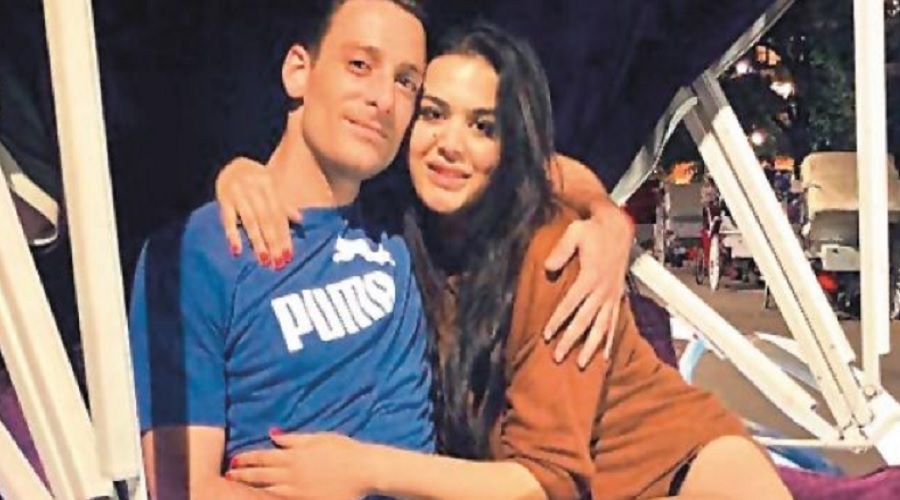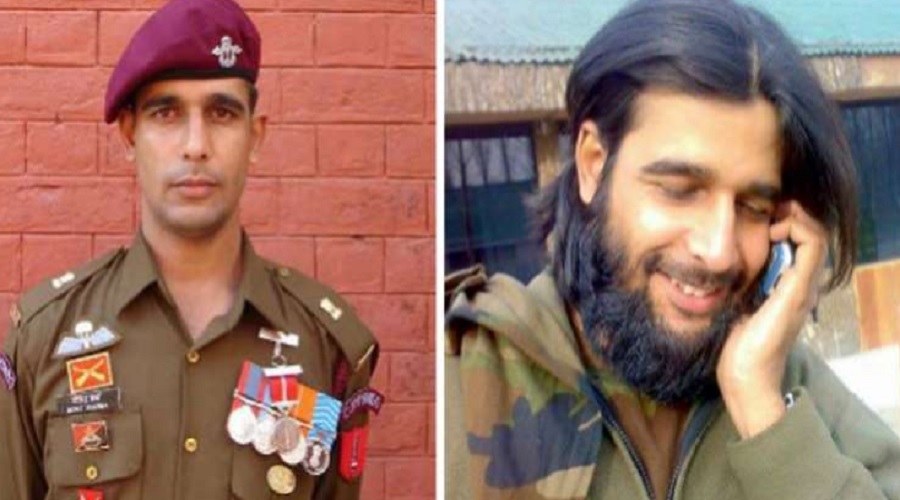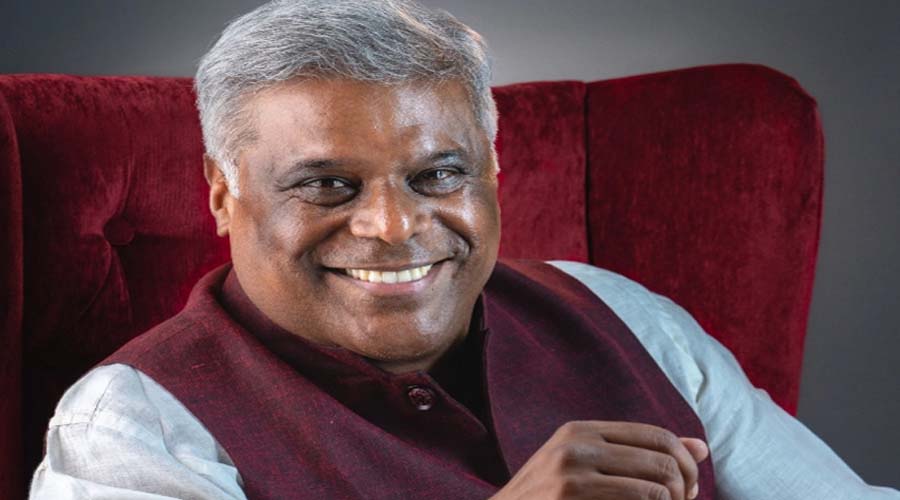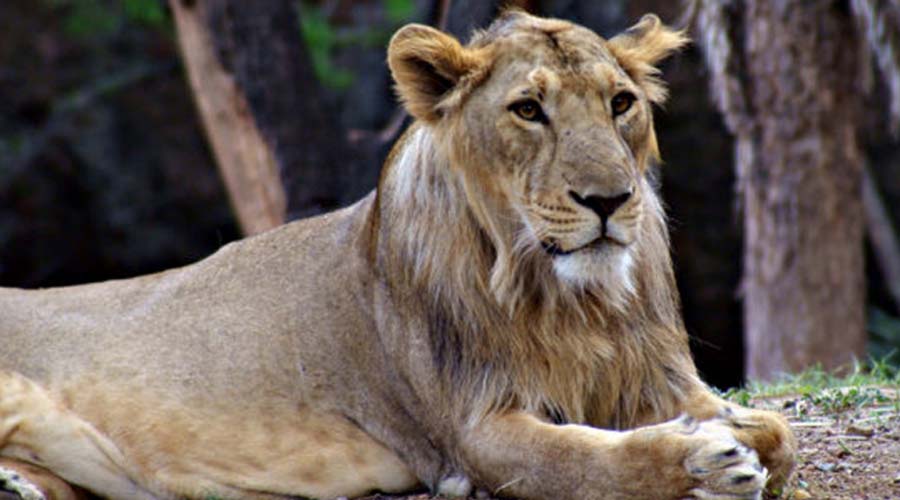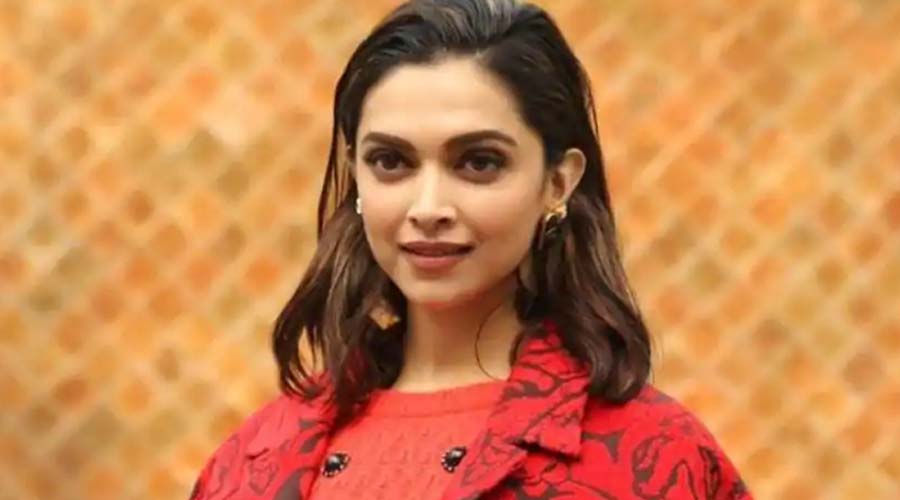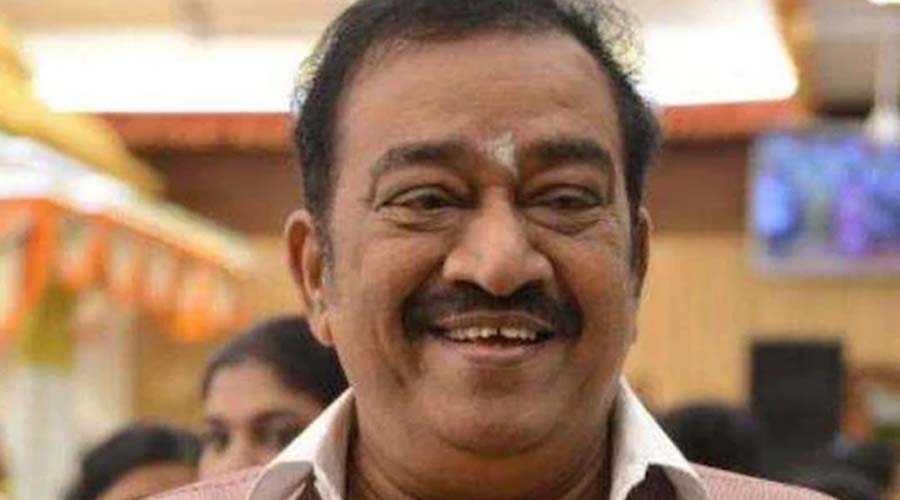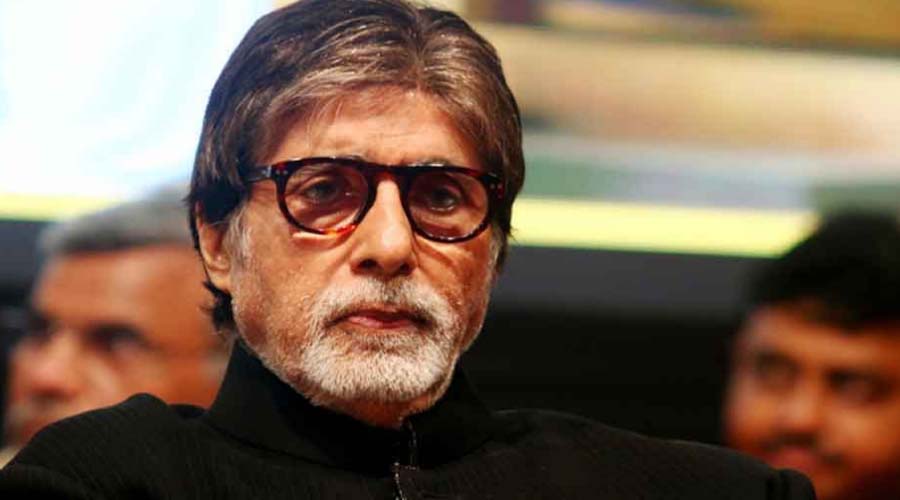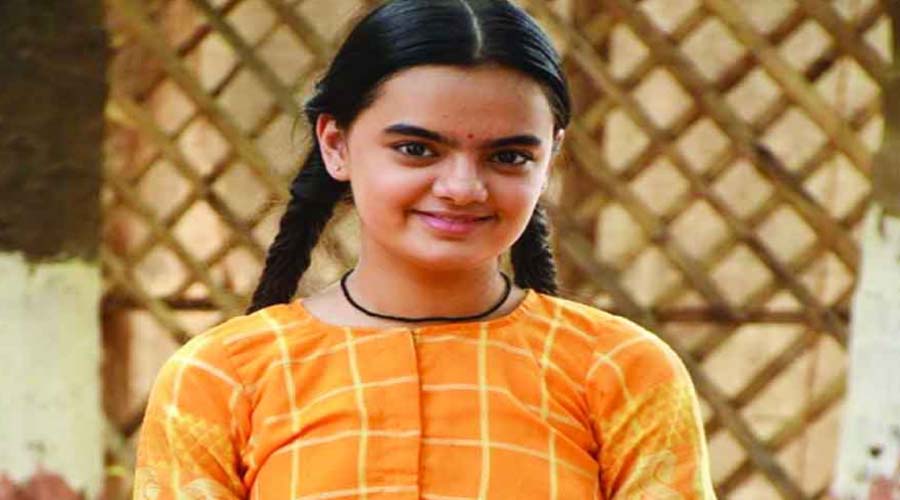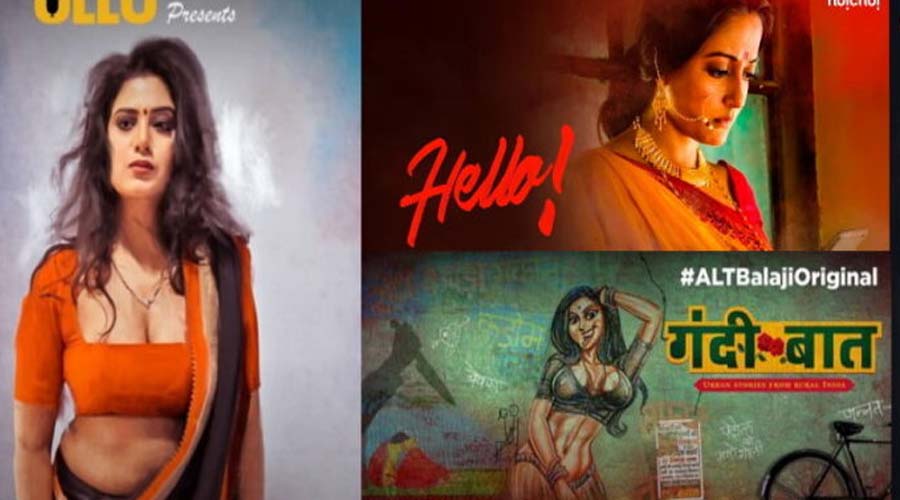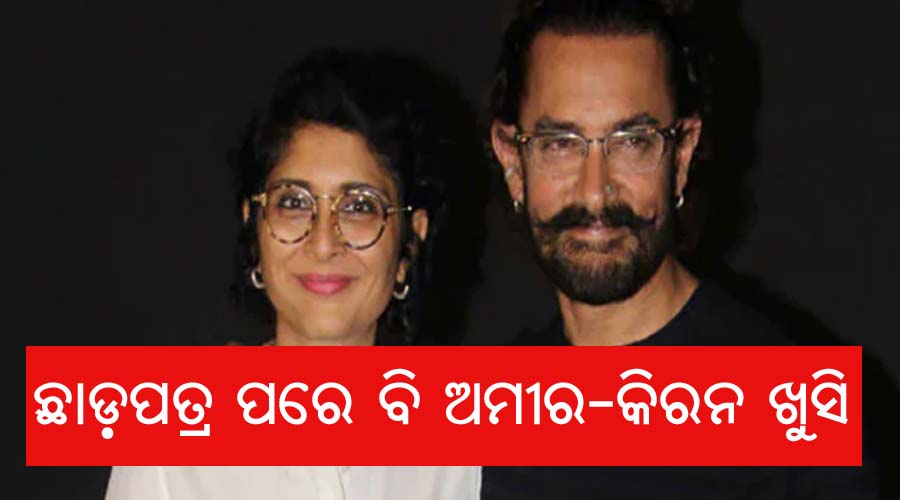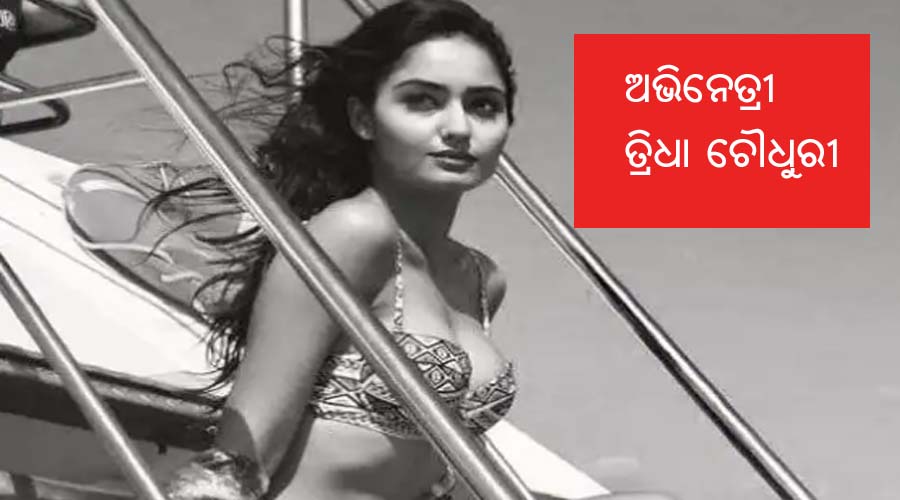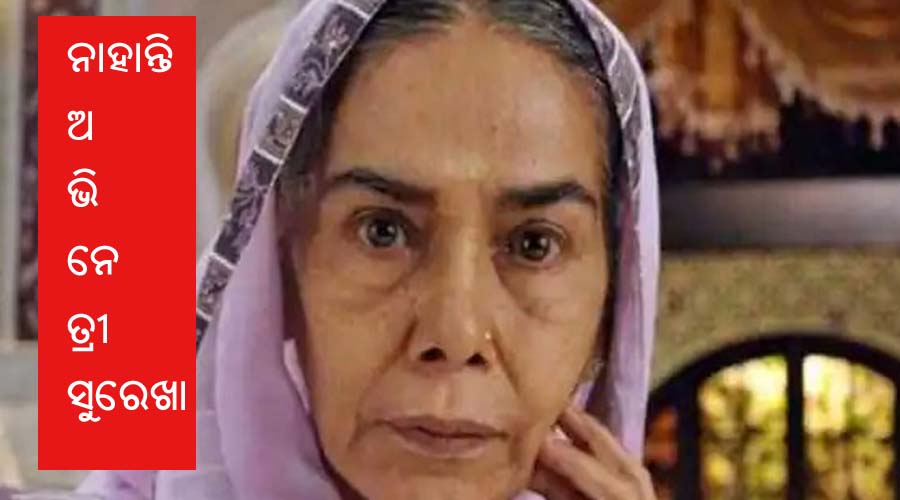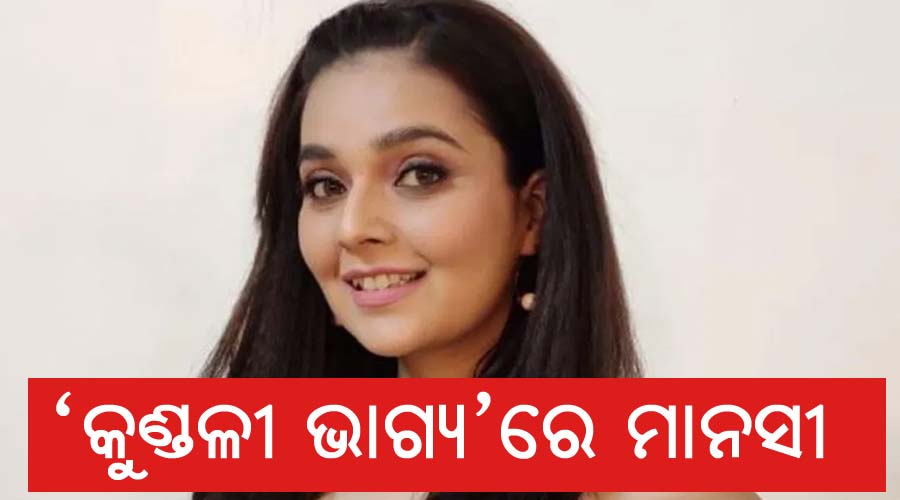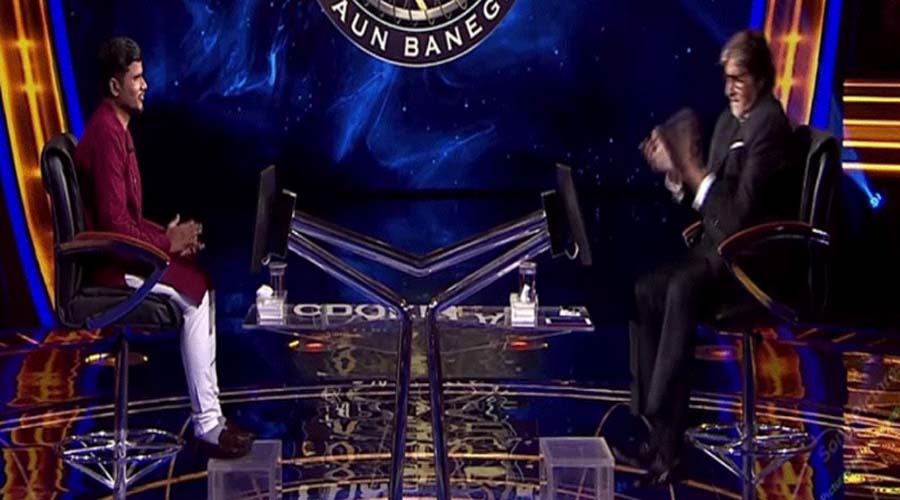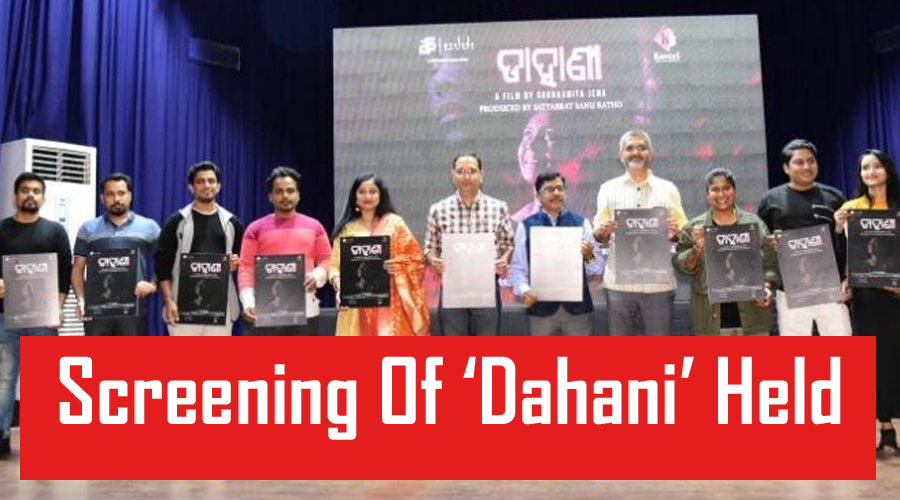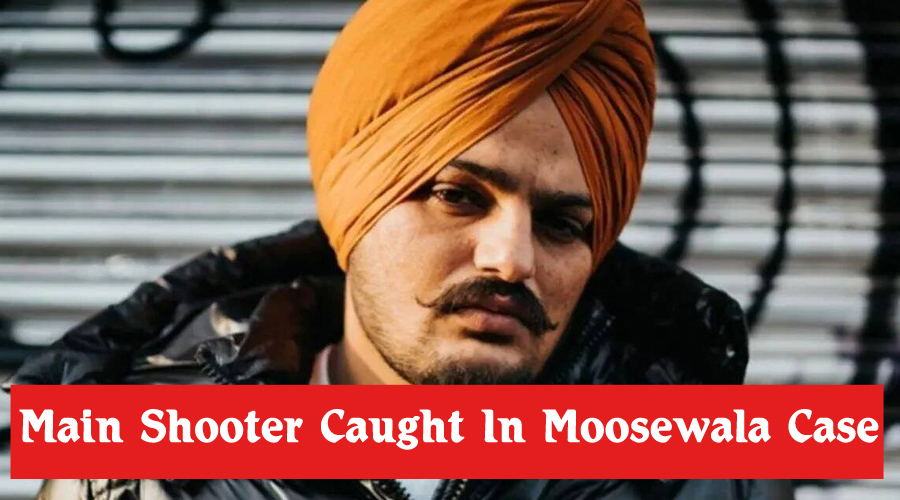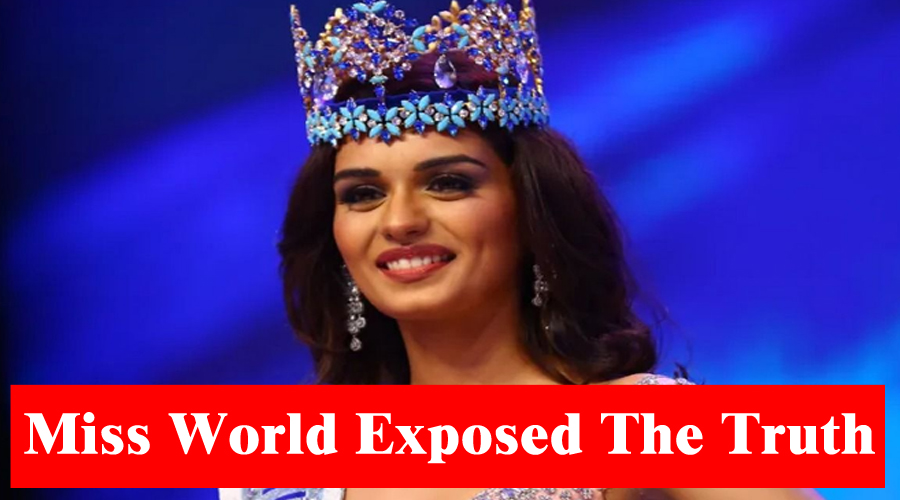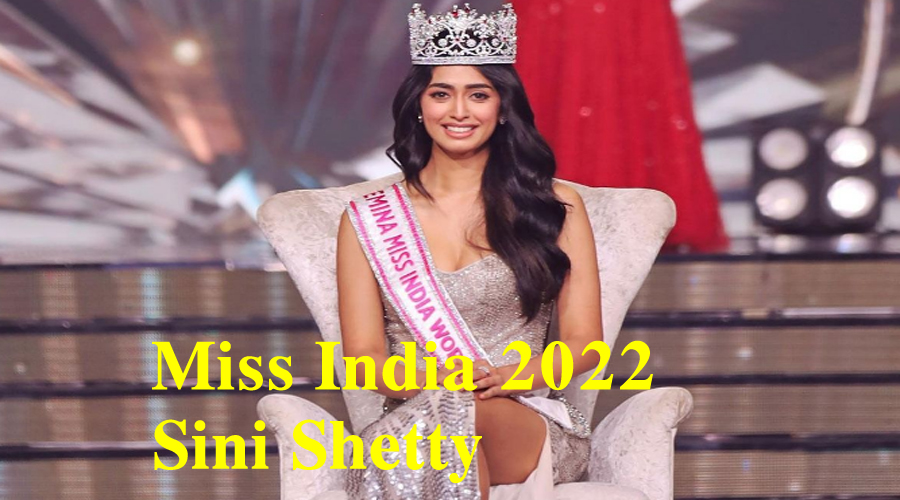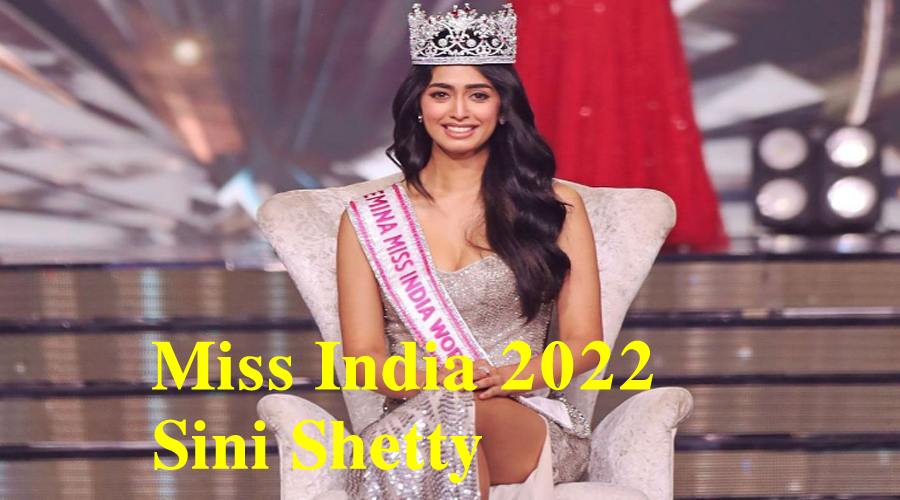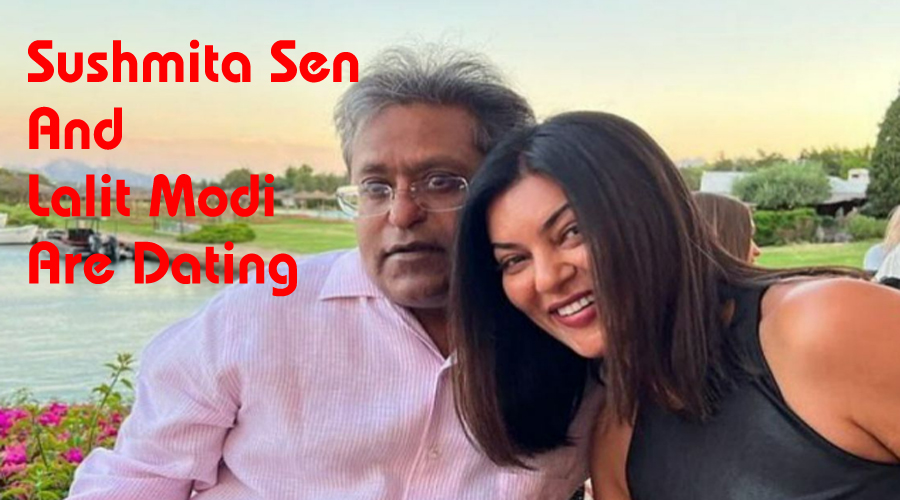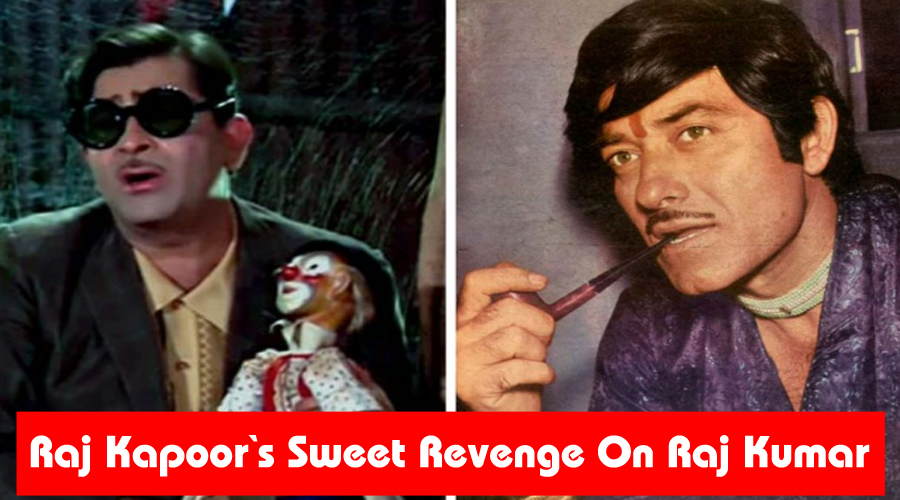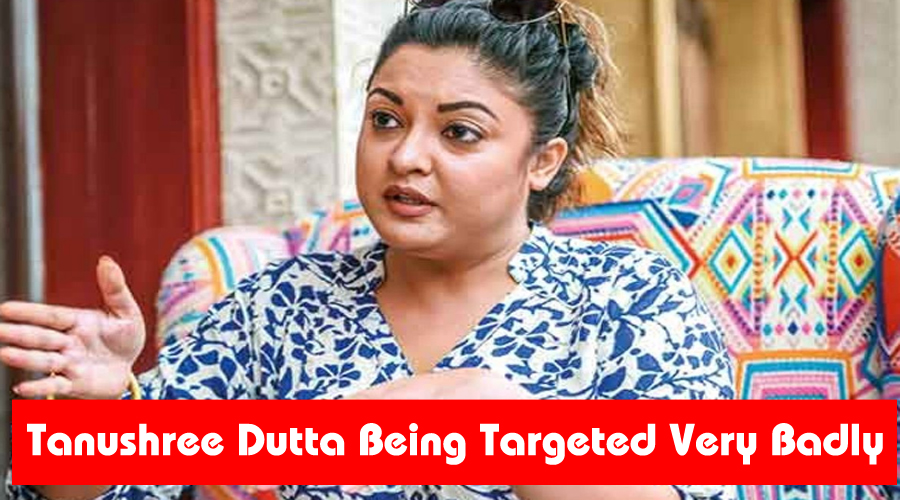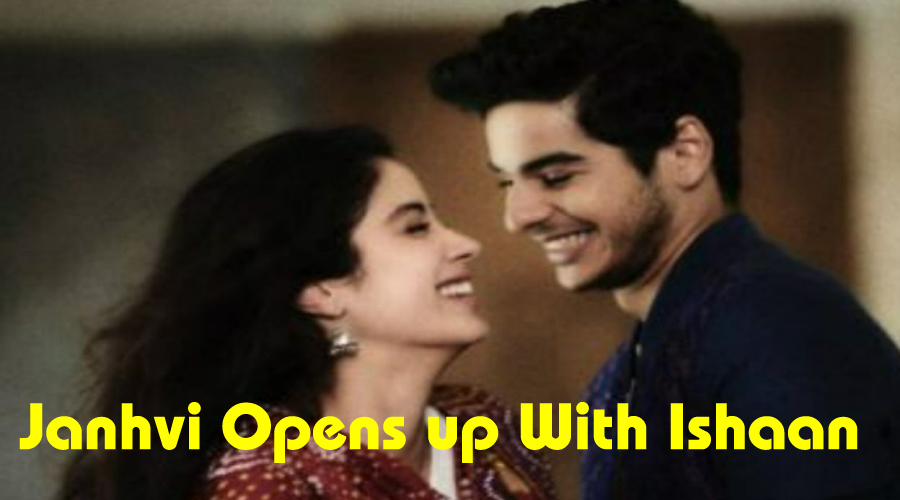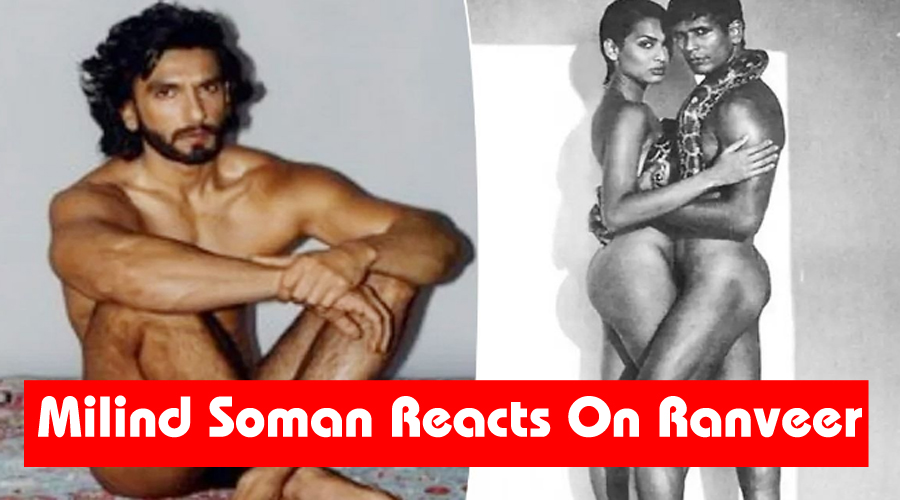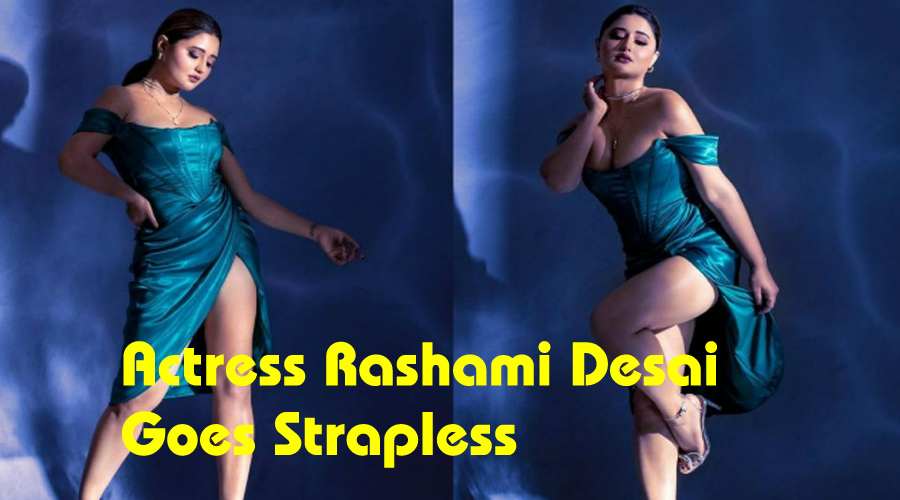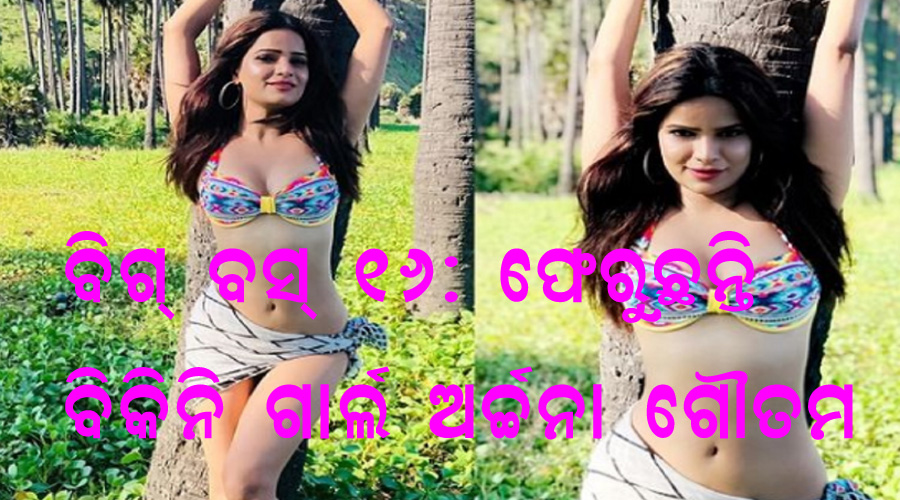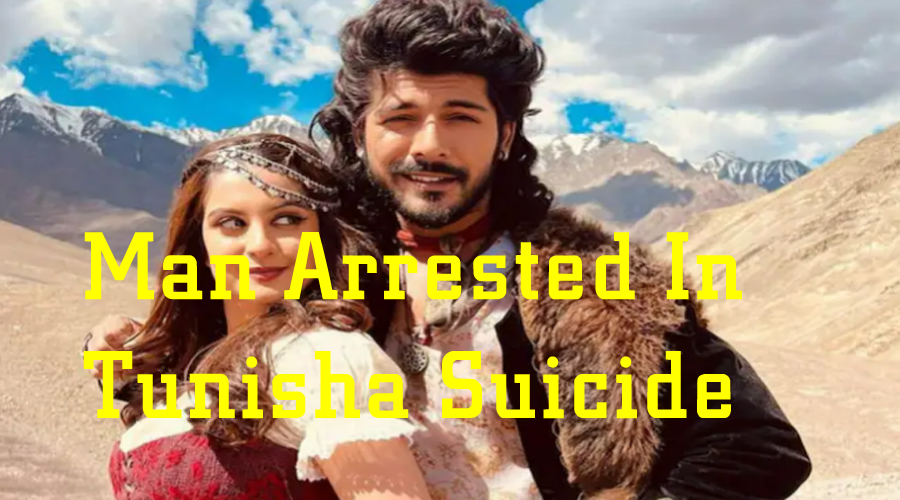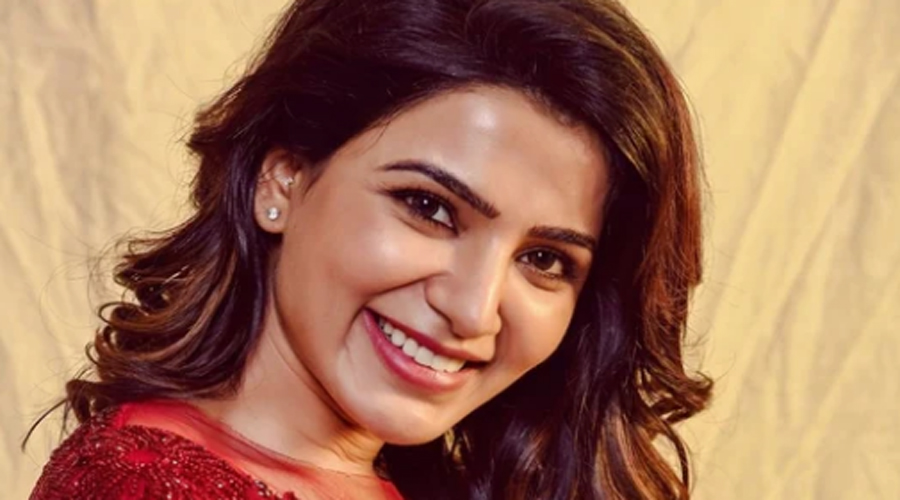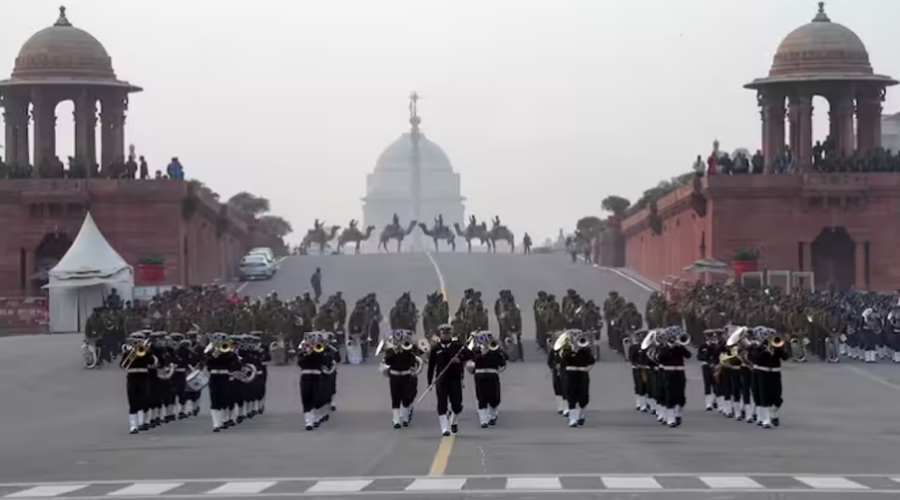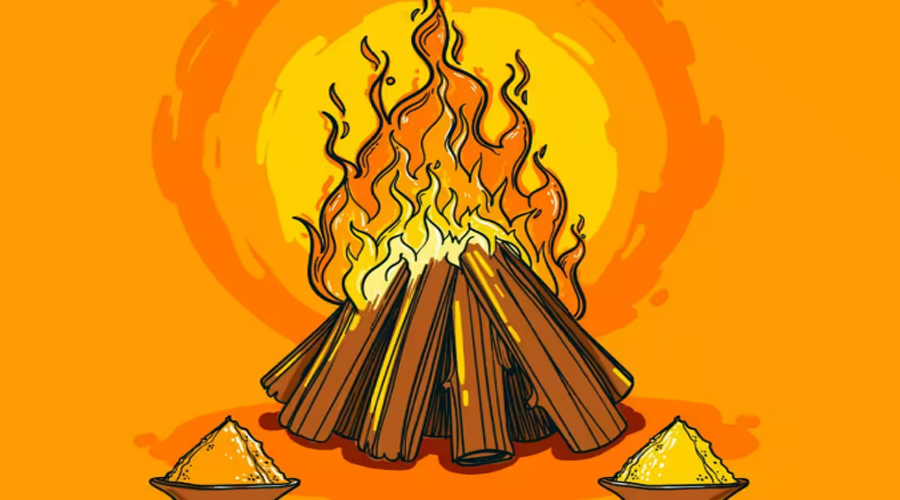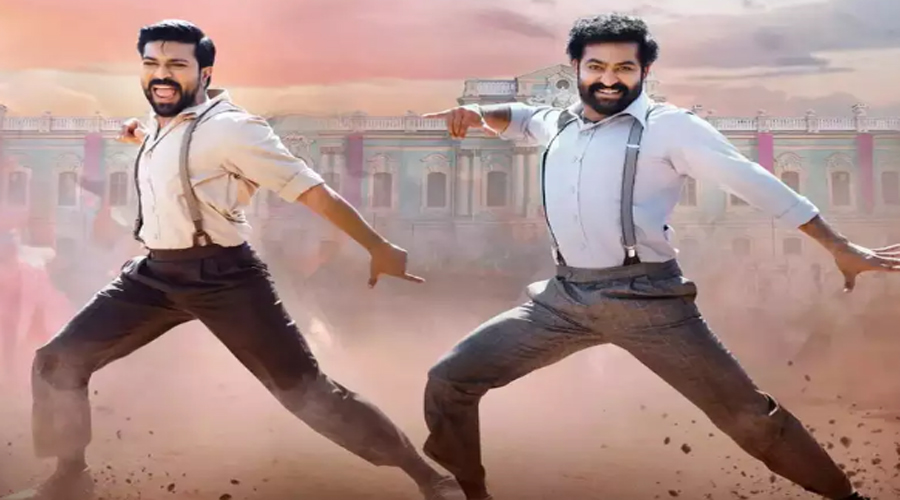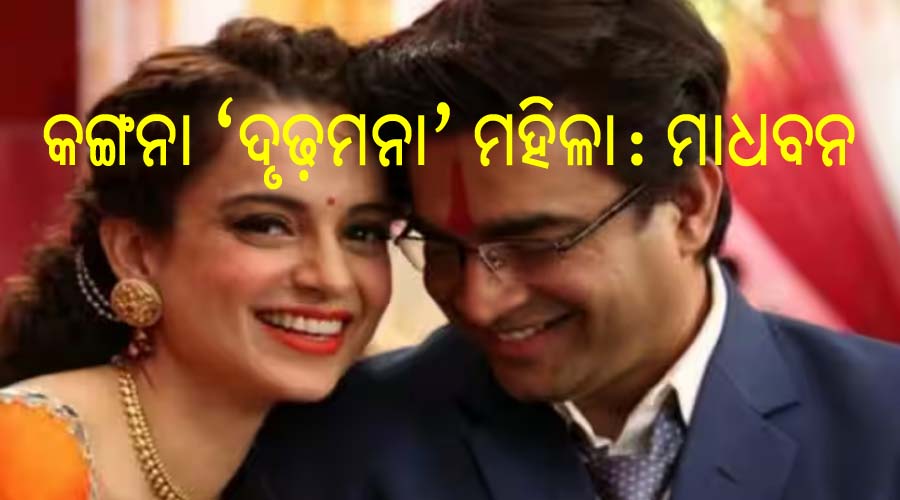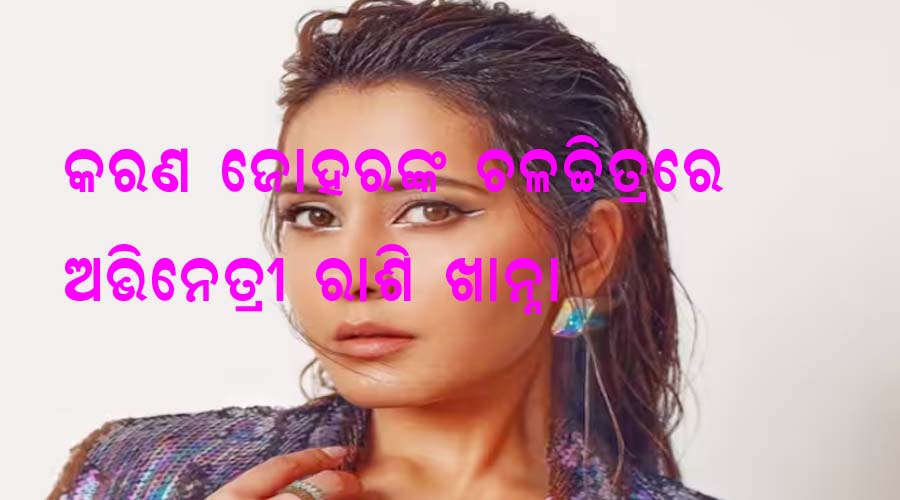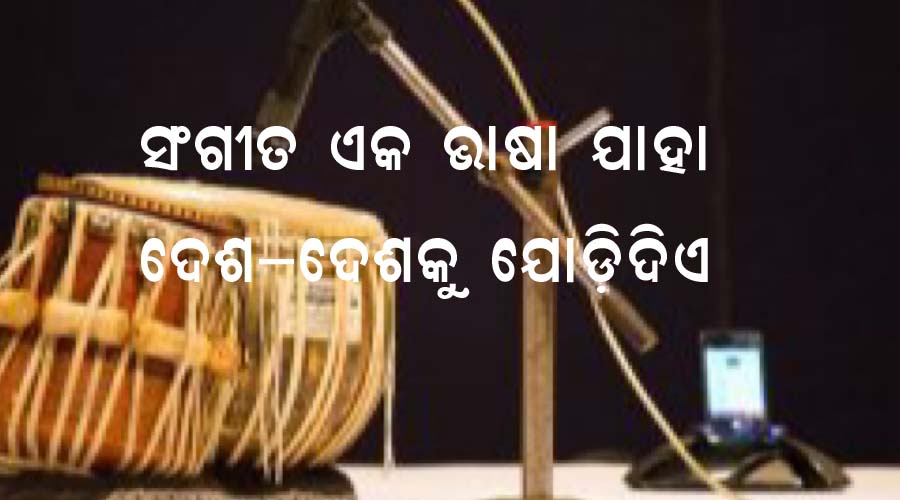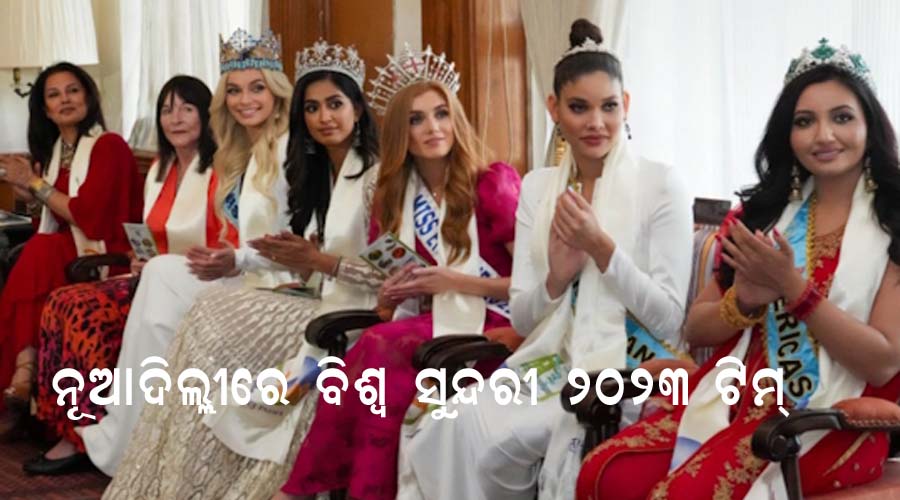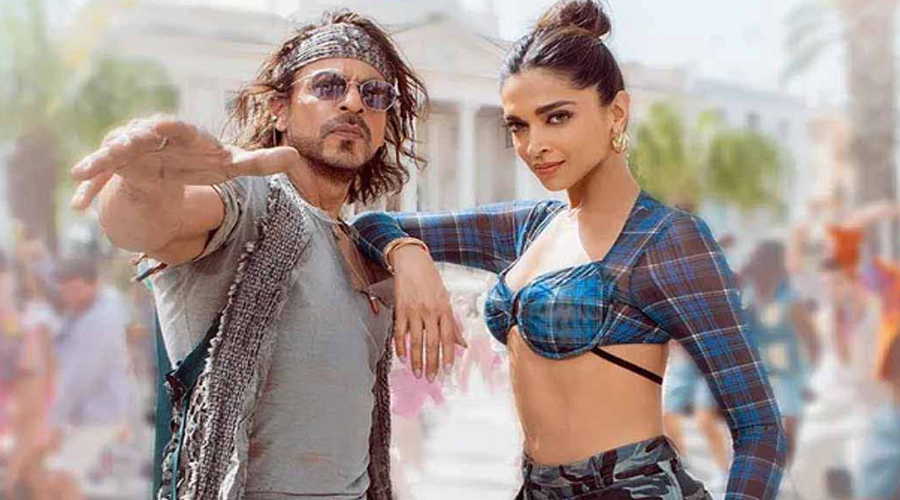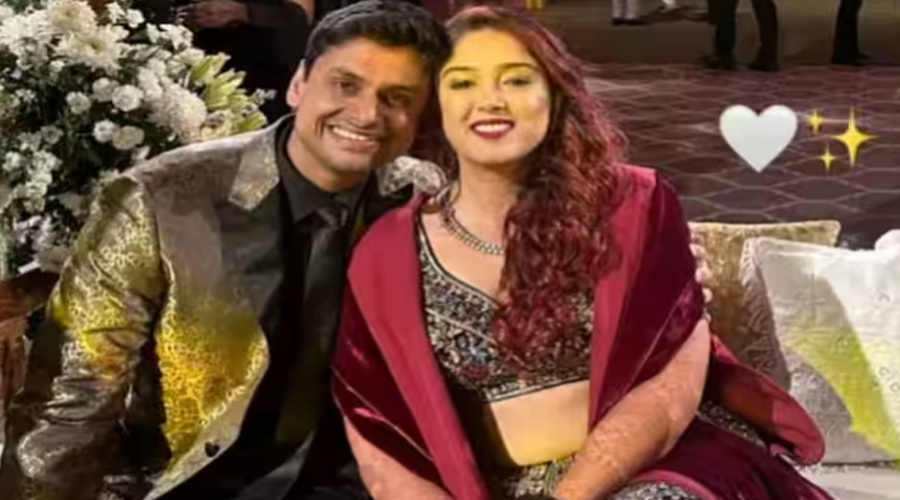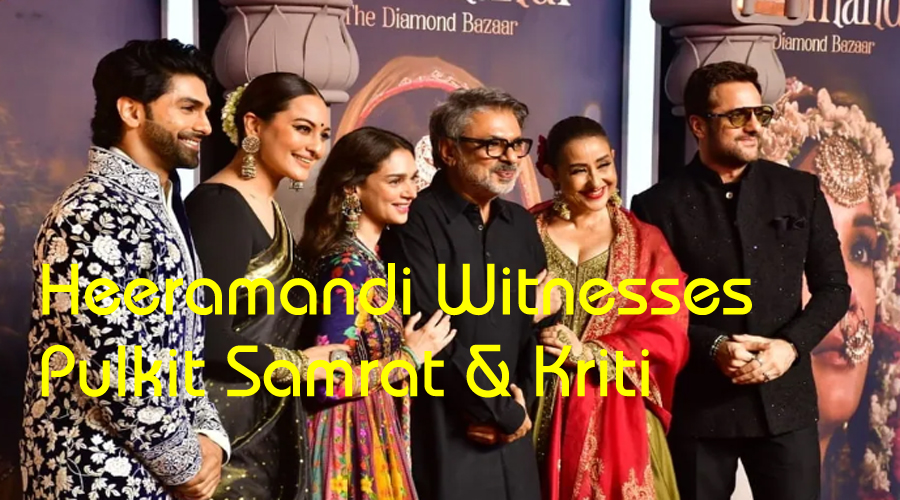Bengal Celebrates Kali On Diwali
- 06-Nov-2018
- 0 Comments
There is a widely held belief among Bengalis that the noted 16th century Tantric scholar, Krishnananda Agamavagisha had once dreamt of Goddess Kali. The Goddess, who was until then largely been associated with death and darkness, is believed to have instructed Agamavagisha to worship her in a form that incorporated in her forms of feminine domesticity. Agamavagisha is attributed with popularising the worship of a certain image of Kali in Bengal and is also believed to have started the oldest Kali puja in the region. The zamindars of later centuries took forward the tradition and turned them into ostentatious projects to showcase wealth and power. Till date, when India celebrates Diwali, it is Kali puja that is observed and celebrated with much pomp and pride in Bengal.
The popularity of the Goddess among Bengalis is evidenced by the number of temples dedicated to her that dot across the geographical territory of Bengal, and even in those areas outside the state where the community dwells in large numbers. However, Kali can hardly be regarded as a Goddess of Bengal alone. In fact the form in which she is observed by most Bengalis is just one among the many facets that the deity is believed to have. As scholar of religious studies, June McDaniel notes, “Kali is a strange and mercurial figure”. “In northwestern India she is thin and ugly, while in Bengal she is voluptuous with large eyes and full lips. In some areas of India she is a tribal and village Goddess who protects a group of people, or a geographical region, and an ancestress who grants the desires of her people,” she writes in her article, ‘Kali: Goddess of life, death and transcendence’. She is also the yogic Goddess of death and transcendence and the Tantric deity who wears a necklace of skulls and belt of human hands and dances at the cremation ground.
“Kali’s present complexity of character developed slowly during the course of at least two thousand years,” writes Professor of Asian and Middle Eastern Cultures, Rachel McDermott in her book, ‘Encountering Kali: In the margins, at the center, in the west’. Historical and iconographic sources show that she was perhaps at the margins of Brahmanical society between the third century BCE and seventh century CE, recognised mostly as a tribal Goddess. The first time she appears somewhere within the folds of Brahmanical Sanskritic tradition is perhaps the sixth century BCE in the text ‘Devi Mahatmya’ which is part of the Markandeya Purana, where she is depicted to be Goddess Durga’s fury incarnate. In later centuries she is incorporated into Tantric ritual and philosophy and more recently by the seventeenth century CE, she is identified with devotional traditions, wherein she is observed as the loving mother. The divergences in the form and depictions that Kali denotes across different parts of the subcontinent is largely reflexive of the way in which her character developed and blended with local traditions and Hindu symbolism.



